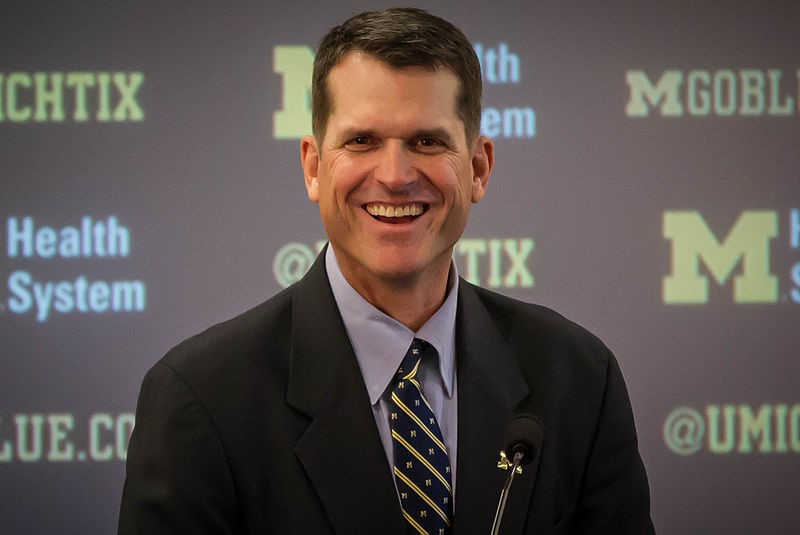Self-improvement is a constant thought in most consumer’s minds and the advertising industry knows this all too well. “The weight loss industry is a 60-billion-dollar business” oversaturated with fitness gurus and companies advocating various fad diets and weight-loss products. However, these media-marketed solutions don’t stick and people end up feeling confused and frustrated.
Aside from the quick-fix mentality from the media, people are also growing tired of the “just eat less and move more” advice they may receive from their physicians and peers. However, professional wellness coaches, who are trained in behavior modification techniques, can help individuals bridge the gap between medical recommendations and the behaviors required to implement them.
Wellness educators use behavior modification techniques to help individuals identify personal barriers and set realistic goals
Often a visit to a medical professional will encompass a diagnosis and basic advice that leaves many feeling lost in how to take action. This type of care does not help individuals, with their own unique needs or personal barriers, make the necessary adjustments. It also does not allow for the person to create their own solution to the existing problem.
Working directly with a personal wellness coach creates long-term successes in establishing healthier lifestyles
“Researchers at the University of California at Los Angeles analyzed 31 long-term diet studies and found that about two-thirds of dieters regained more weight within four or five years than they initially lost.”
However, health professionals know that the solution isn’t about following a specific diet or the use of a particular weight-loss product, but instead it’s the level of self-confidence and ability to consistently make small changes that lead to long-term better health.
Aside from developing new positive habits, “The New England Journal of Medicine found that participants who were coached via telephone spent less money on medical care and drugs and were 10 percent less likely to be admitted to the hospital than those who were not coached.”
A wellness coach provides the additional support when working directly with clients to:
- Educate individuals on researched-based theories
- Recognize and understand how and when it’s appropriate to adjust a client’s health plan based on current progress of the client
- Create a motivating and fun atmosphere where a client can develop confidence and self-efficacy

Meet your GMS Wellness Coordinator Team serving all of Ohio
Corrinne Ward, RD, LD
Corrinne services the greater Columbus/Cincinnati areas. She’s a registered dietitian with professional experience in nutritional counseling for those dealing with diabetes, weight management, high cholesterol, digestive issues, and food allergies. Additional past experience includes leading group and individual fitness classes.
For fun, Corrinne is a competitive marathon runner and is married to Mike Ward, who is a manager for the Columbus Running Company. They currently reside in Gahanna, Ohio with their four cats.
Siobhan Hein
Siobhan services the greater Cleveland Area, where she is responsible for developing and coordinating client wellness programs. She directs and oversees program activities designed to benefit the health and well-being of client employees, including physical fitness, weight reduction, stress management, and smoking cessation.
Siobhan received her B.S in Exercise Physiology from Kent State University. She is passionate about motivating, educating, and inspiring people to make healthier lifestyle choices both at home and at work.
Julie James A.T.C.
Julie James has a B.S. of Science with a dual concentration in Sports Medicine and Exercise Physiology. She services the greater Cleveland/Columbus/Cincinnati areas. Julie is a Certified Athletic Trainer with 25 years of experience in several different settings. Her passion has helped expand her knowledge in many areas of wellness. She has spent time as an A.T.C. at the high school, college, and professional athlete level. Her desire to help people of all ages reach their wellness potential led her to the corporate world. Julie designs, implements, and oversees comprehensive wellness programs for companies as well as the internal program at GMS.
Julie resides in Hartville, Ohio with her husband Sean, daughter Kenzie, and son Sean-Michael. The whole family is immersed in many different sports and outside activities that keep them a very active bunch!









